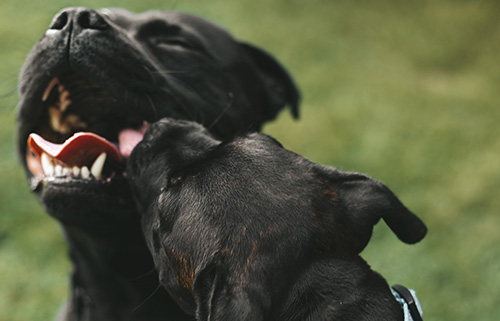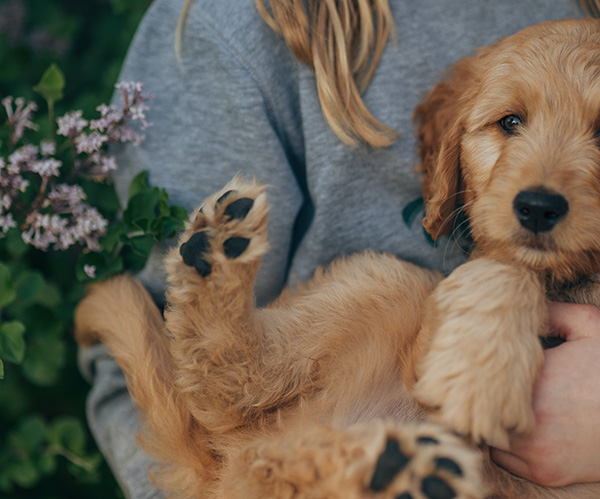Why Do Dogs Lick So Often

Introduction
Dogs are known for their affectionate nature, and one common behavior that often puzzles their owners is their penchant for licking. While it might seem like a simple and harmless action, there is a complex set of reasons behind why dogs lick so often. In this article, we'll delve into the science and psychology behind this behavior, supported by examples and references.
1. Communication and Bonding
One of the primary reasons dogs lick is to communicate with their owners and other dogs. It's a form of social bonding and a way for dogs to express affection. For example, a dog may lick their owner's face as a way to show love and strengthen the human-canine bond. This is often seen in puppies as well, who instinctively lick their mother's face to stimulate her to regurgitate food for them.
Reference: Coren, S. (2005). How to Speak Dog: Mastering the Art of Dog-Human Communication. Free Press.
2. Taste and Exploration
Dogs have an incredibly keen sense of smell, and their tongues are equipped with a significant number of taste buds. Licking can be a way for them to explore and taste their environment. For example, if a dog licks your hands or face after you've eaten, they might be trying to taste the remnants of food or simply exploring new scents and flavors.
Reference: McGreevy, P. D., & Masters, A. M. (2008). The Licking “Crises” in Dogs. Applied Animal Behaviour Science, 109(4), 299-309.
3. Stress Relief
Licking can also be a self-soothing mechanism for dogs, much like humans biting their nails or tapping their feet when anxious. When dogs are stressed or anxious, they may lick their paws excessively, sometimes leading to skin irritations or hot spots. This behavior releases endorphins, which can temporarily alleviate their stress.
Example: If a dog is left alone for an extended period, they may start licking their paws excessively as a coping mechanism.
Reference: Overall, K. L. (2013). Manual of Clinical Behavioral Medicine for Dogs and Cats. Elsevier Health Sciences.
4. Healing and Grooming
Dogs have a natural instinct to groom themselves and their pack members. Licking can help clean wounds, remove debris, and promote healing. While excessive licking can lead to skin
issues, moderate grooming behavior is essential for a dog's well-being. Example: A dog may lick a minor cut on their paw to keep it clean and promote healing.
Reference: Boord, T. M. (1992). Skin Wounds in Dogs and Cats: Surgical and Medical Management. The Veterinary Clinics of North America. Small Animal Practice, 22(5), 1125-1142.
5. Expression of Submission
In dog social hierarchies, licking can be a submissive gesture. Lower-ranking dogs may lick the mouths of higher-ranking dogs as a sign of respect and deference. This behavior helps maintain peace within the pack.
Example: When a dominant dog approaches, a subordinate dog may lick the dominant dog's mouth as a way of acknowledging their authority.
Reference: Bradshaw, J. W. S. (2011). Dominance in Domestic Dogs—Useful Construct or Bad Habit? Journal of Veterinary Behavior, 6(3), 135-144.
Conclusion
While dogs' incessant licking may sometimes seem inexplicable, it's rooted in a combination of social, instinctual, and sensory factors. Understanding these reasons can help dog owners better interpret their pets' behavior and respond appropriately. Whether it's a sign of affection, a coping mechanism, or a form of communication, licking is just one of the many ways dogs interact with their world and those around them.
Leave a Reply
You must be logged in to post a comment.


